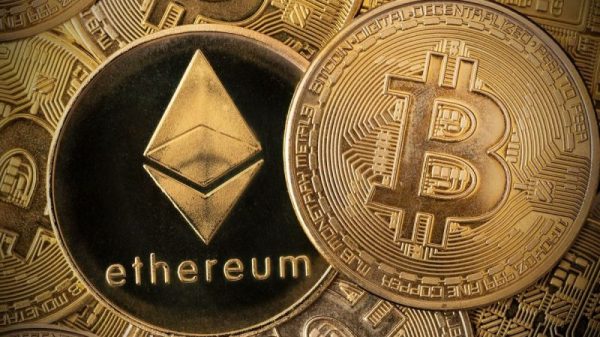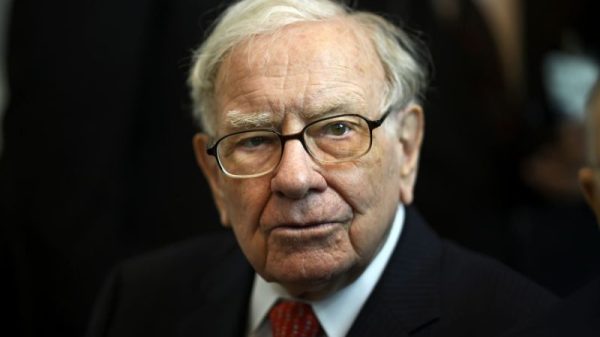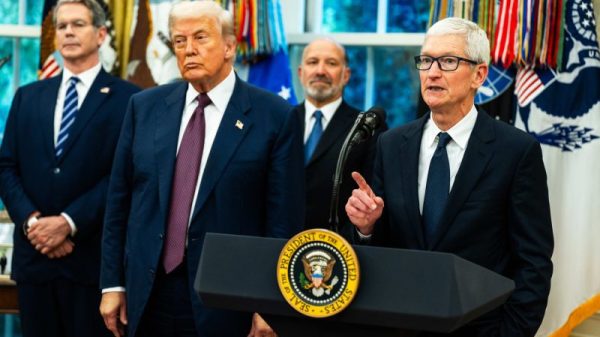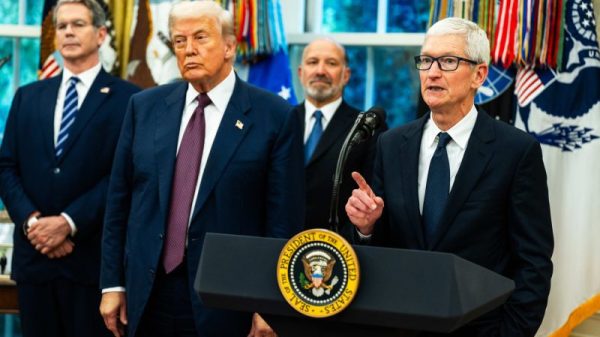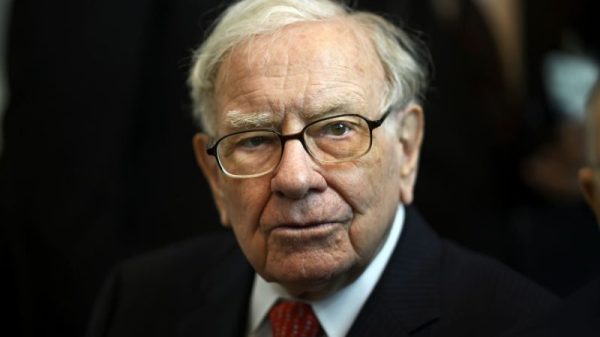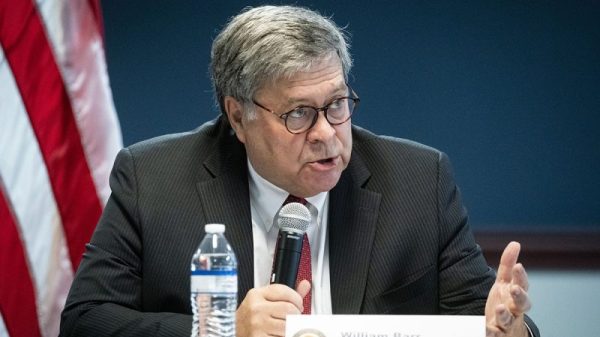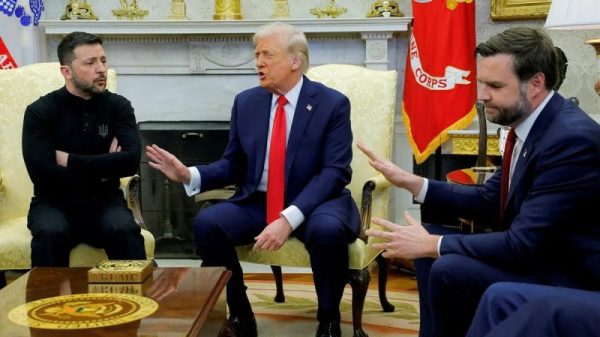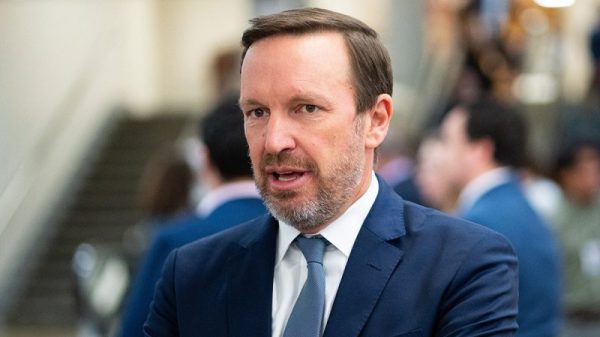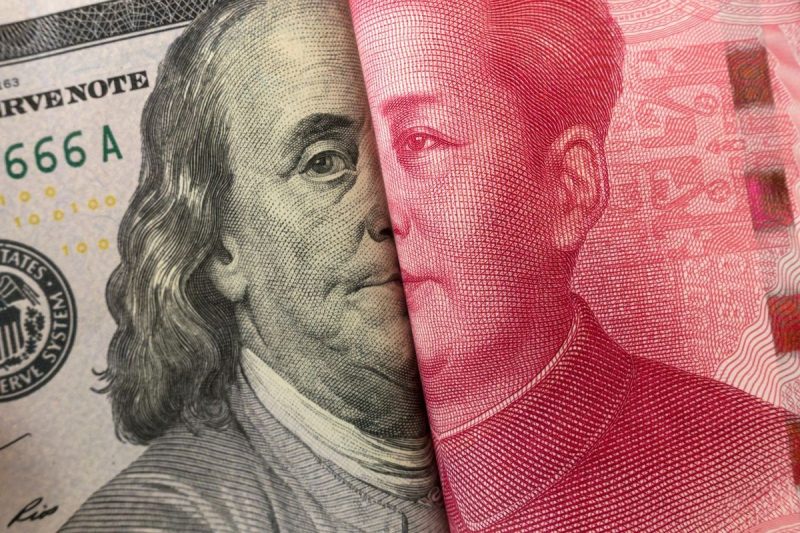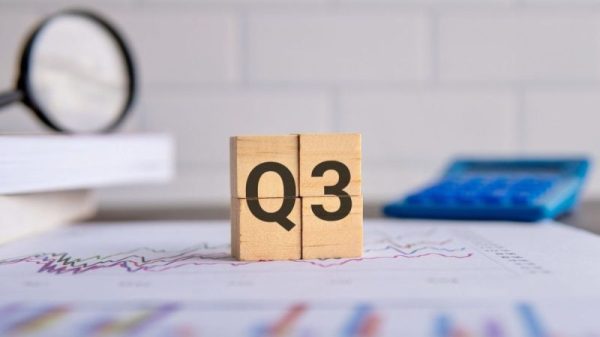In a rapidly escalating economic conflict that now threatens to fracture global trade, the US and China are locking horns once again in a full-blown, protracted tariff war.
On Wednesday (April 9), US President Donald Trump announced sweeping new tariffs targeting Chinese goods, raising levies to a staggering 125 percent. Hours later, Beijing responded in kind, unveiling retaliatory tariffs of 84 percent on all American imports, as well as tightening restrictions on US companies operating in China.
The Asian country doubled down on Thursday (April 10), hiking tariffs to 125 percent.
Wednesday’s action from the US came as the Trump provided a 90 day pause on reciprocal tariffs for countries that had refrained from retaliating to its targeted tariffs last week. China was excluded from the reprieve because it did retaliate.
“I did a 90-day pause for the people that didn’t retaliate, because I told them, ‘If you retaliate, we’re going to double it,’” Trump told reporters on Wednesday, asserting that China has failed to approach negotiations in good faith.
“China wants to make a deal, they just don’t know how quite to go about it. They’re proud people. President Xi (Jinping) is a proud man. I know him very well. They don’t know quite how to go about it but they’ll figure it out,” he added.
But in Beijing, the narrative is starkly different. Chinese leader Xi has refused to yield to what the Chinese government calls America’s “unilateral bullying,” instead rallying domestic support through a campaign of economic nationalism.
China’s State Council Tariff Commission has sharply rebuked the US, stating that the American escalation severely infringes upon China’s legitimate rights and interests and seriously damages the global trading system.
It has added six US firms to its ‘unreliable entity list,’ barred 12 American companies from receiving dual-use technology with military and civilian applications, and filed a formal complaint with the World Trade Organization (WTO).
“The Chinese government have been preparing for this day for six years — they knew this was a possibility,” CNN quotes Victor Shih, director of the 21st Century China Center at the University of California, San Diego, as saying.
The spiraling tariffs are already having tangible effects. Shipping and logistics costs have surged, global stock markets have dipped sharply and economists are warning of looming inflation as supply chains face disruption.
According to JPMorgan (NYSE:JPM), American consumers may face the equivalent of a US$660 billion tax burden — the highest tax hike in recent decades — before supply chains adapt.
The latest tit-for-tat measures also come at a time of economic vulnerability for both countries. China is attempting to stabilize its economy after a severe downturn in real estate and local government debt.
The US, meanwhile, is grappling with volatile debt markets and rising consumer prices. Just this week, US Treasury yields spiked to 4.5 percent, their highest level since early 2023, prompting a brief but dramatic selloff in global equities.
Markets rebounded slightly after Trump announced the tariff pause for non-retaliating countries, with the S&P 500 (INDEXSP:.INX) closing up 9.5 percent and the Dow Jones Industrial Average (INDEXDJX:.DJI) surging nearly 8 percent.
Still, uncertainty remains around the world as Trump’s 90 day reprieve begins.
Europe, which had also faced stiff levies on steel and aluminum, announced its own retaliatory measures on Wednesday.
While it was later included in Trump’s pause list due to the delay in its response, the European Commission made clear that its tariffs “can be suspended at any time, should the US agree to a fair and balanced negotiated outcome.”
How did we get here? A timeline of the trade war escalation
What began with campaign promises to revamp America’s trade relationships rapidly evolved into a tit-for-tat trade war with key US allies and competitors alike. Here’s a look at what happened.
- February 10 to 13: The US broadens its tariff scope. Steel and aluminum duties are increased, and Trump unveils a “reciprocal tariff” policy, signaling that countries with higher import taxes on American goods will face equivalent treatment.
- February 25 to March 1: Trump continues the escalation, ordering probes into tariffs on critical materials like copper and lumber under national security justifications.
- April 9 to 10: Hours after the higher reciprocal tariffs are triggered, the Trump administration announces a 90 day suspension for most of them — except for China. Trump ratchets China’s tariff burden up to 125 percent (or 145 percent with fentanyl-linked levies). China retaliates with an 84 percent tariff on US goods. Canada and the EU follow suit with their own targeted tariffs, though the EU pauses immediate retaliation, signaling openness to negotiation.
Bracing for impact
Despite the mutual saber-rattling, both the US and China have left the door open to dialogue — albeit on vastly different terms. China’s Foreign Ministry urged the US to demonstrate “an attitude of equality, respect, and mutual benefit.” US Treasury Secretary Scott Bessent struck a defiant tone, dismissing China’s retaliatory measures as ineffective.
“They have the most imbalanced economy in the history of the modern world,” he told Fox Business. “They’re the surplus country. Their exports to the US are five times our exports to China. So, they can raise their tariffs. But so what?”
Yet economists and international trade experts warn the stakes are high — not just for the two economic giants, but for the world. According to WTO forecasts, the fallout could slash global trade volumes by hundreds of billions of dollars.
“Our assessments, informed by the latest developments, highlight the substantial risks associated with further escalation,” said WTO Director-General Ngozi Okonjo-Iweala in an April 9 statement.
Securities Disclosure: I, Giann Liguid, hold no direct investment interest in any company mentioned in this article.



